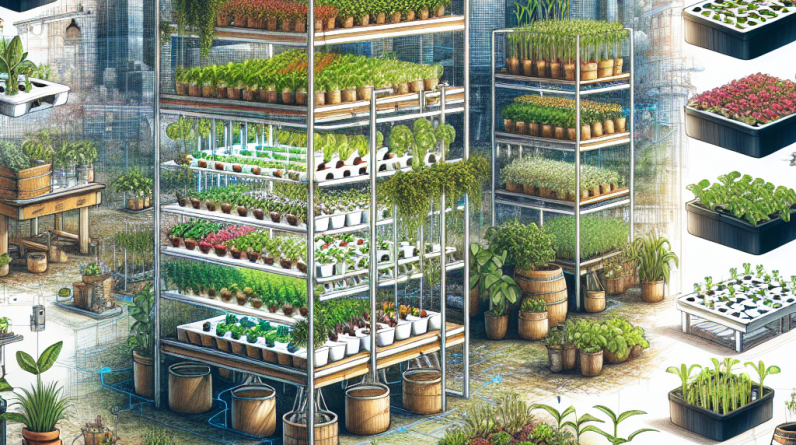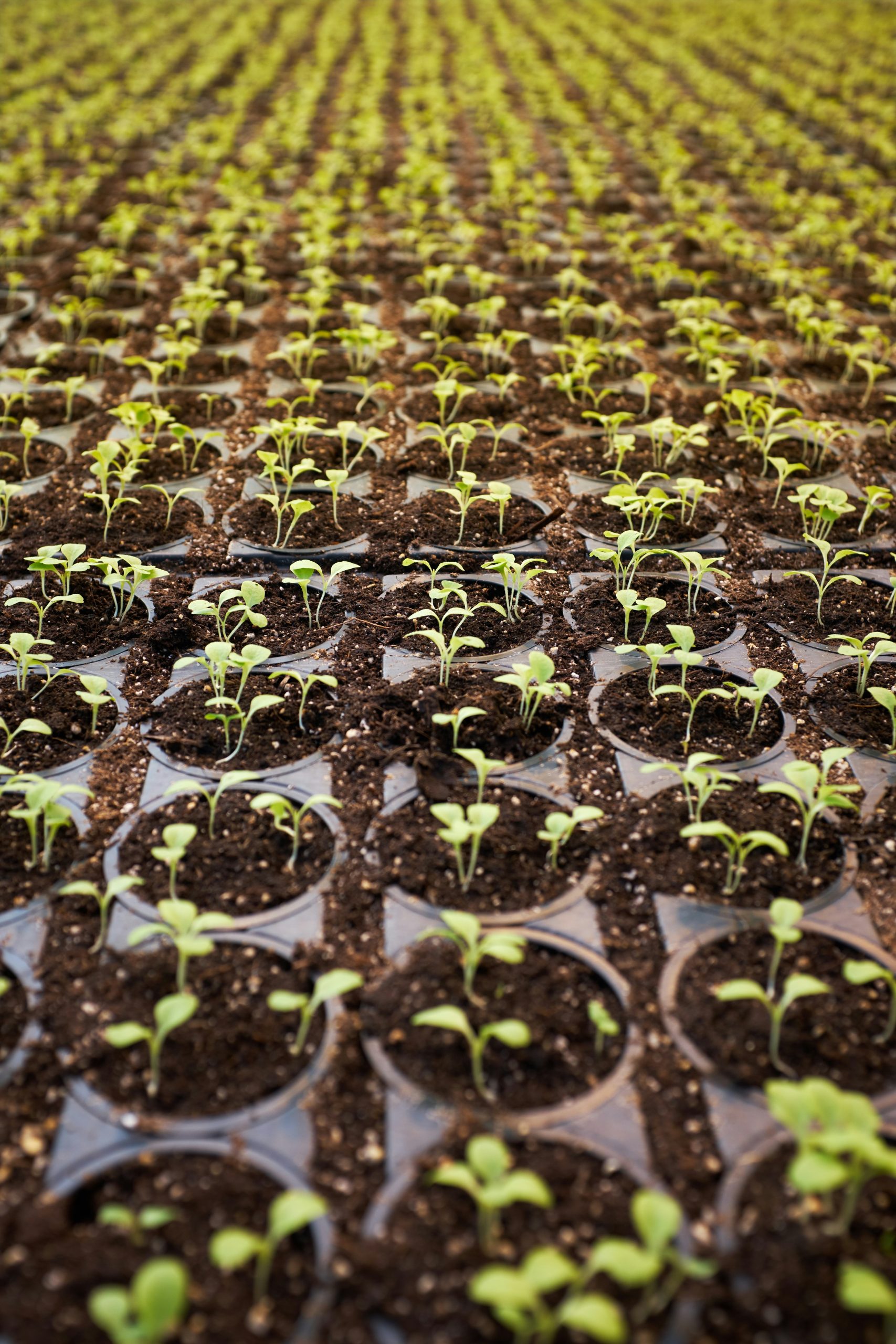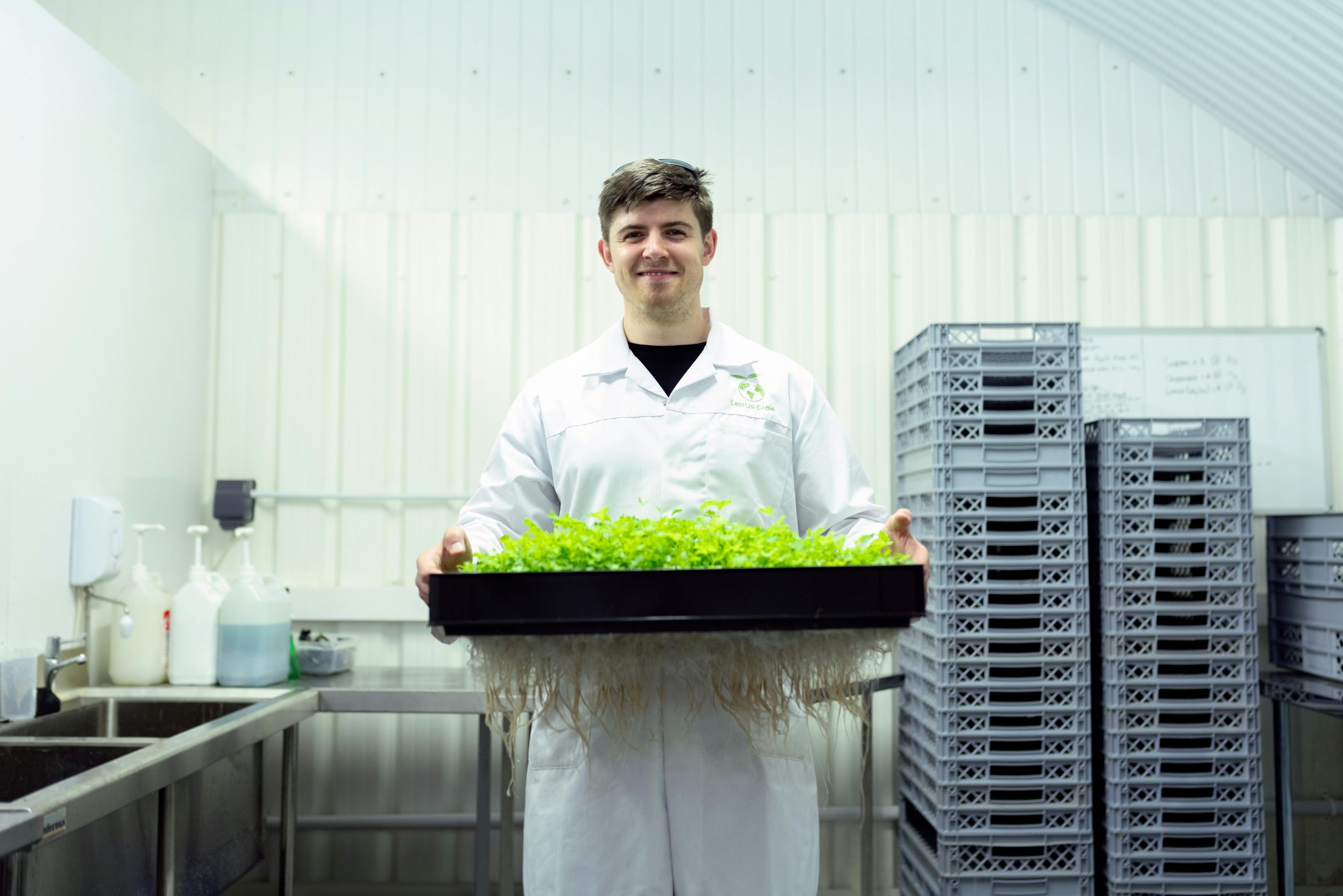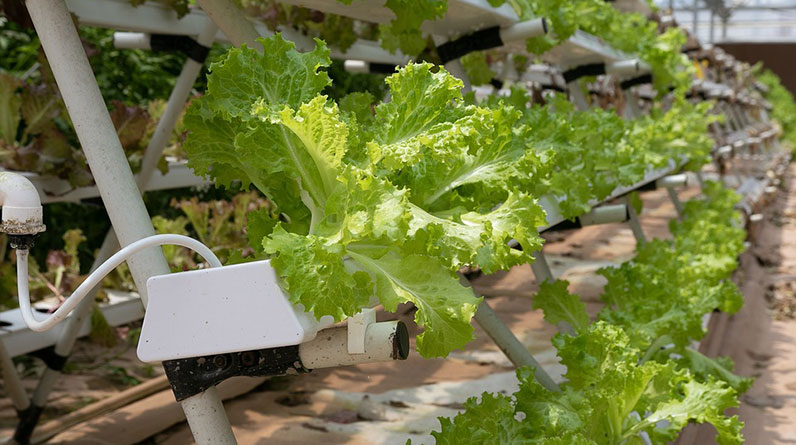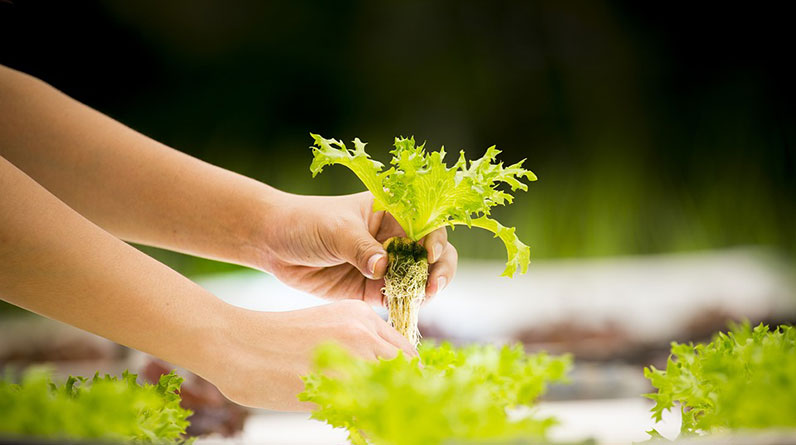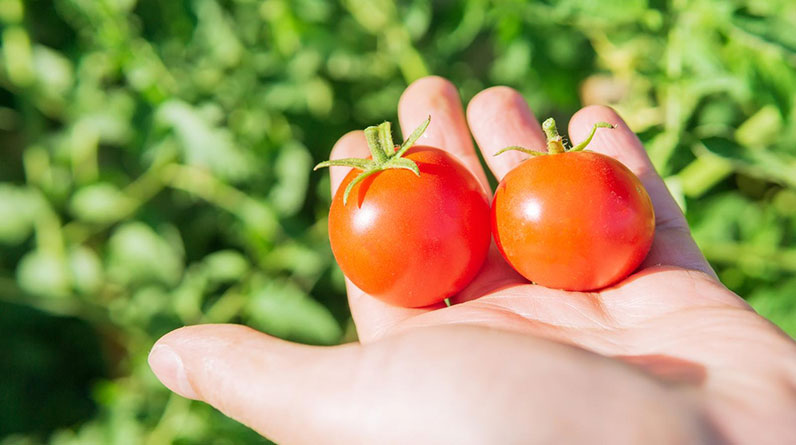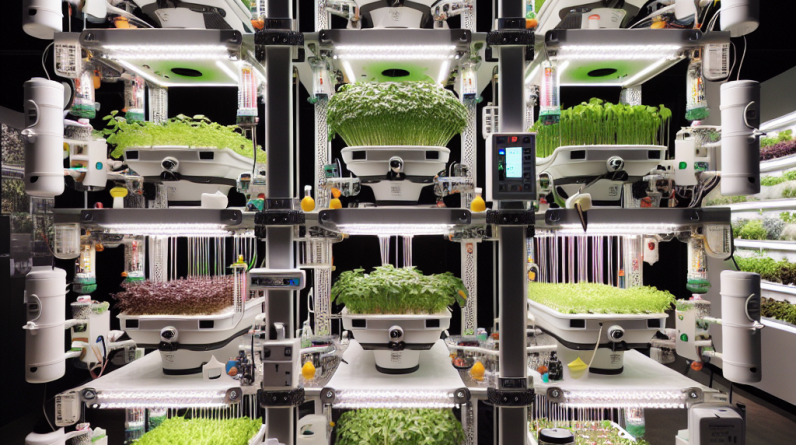
Table of Contents
- 1. Optimize Vertical Space with Modular Systems
- 2. Implement Smart Automation and IoT Technologies
- 3. Use Energy-Efficient Lighting Solutions
- 4. Prioritize Sustainable Nutrient Management
- 5. Integrate Climate Control for Consistent Yields
- 6. Adopt Data-Driven Growth Monitoring
- 7. Enhance Pest and Disease Management
- 8. Focus on Crop Diversity and Rotation
- 9. Plan for Scalable Expansion
- 10. Stay Updated with Industry Trends and Research
1. Optimize Vertical Space with Modular Systems
The Benefits of Modular Vertical Hydroponic Setups
One of the most effective strategies in 2025 for vertical hydroponics is leveraging modular systems. These setups allow growers to maximize limited space while maintaining flexibility for crop selection and expansion. Modular structures can be easily rearranged or scaled according to your needs, making them ideal for urban farms or small-scale operations seeking growth potential.
For example, many urban farmers incorporating modular vertical hydroponics report a 30-50% increase in yield per square foot compared to traditional horizontal systems. This is achieved by stacking growing tiers vertically, effectively doubling or tripling productive space in the same footprint. The modular design also simplifies maintenance and upgrades, saving time and reducing labor costs.
To get started, consider purchasing pre-fabricated modular racks or designing custom DIY structures. Focus on materials that are durable and resistant to water and nutrient environments, such as galvanized steel or high-quality plastics. Proper lighting and irrigation integration are crucial to make these systems truly efficient.
Actionable Tips for Modular Success
- Choose modular components compatible with your crop types and growth cycles.
- Ensure easy access to all tiers for maintenance and harvesting.
- Incorporate sensors and automation to optimize nutrient flow and lighting.
2. Implement Smart Automation and IoT Technologies
Driving Efficiency with IoT Devices
In 2025, smart technology plays a pivotal role in successful vertical hydroponics operations. IoT (Internet of Things) devices allow real-time monitoring of environmental conditions, nutrient levels, and system performance. Automation reduces the need for constant manual oversight and leads to more consistent crop yields.
By deploying sensors that track variables such as pH, electrical conductivity (EC), temperature, and humidity, growers can make data-driven decisions instantly. For instance, if nutrient levels fall outside optimal ranges, automated systems can trigger immediate adjustments, minimizing crop stress and maximizing productivity.
Companies now offer integrated systems that connect all equipment through cloud platforms, enabling remote access via smartphones or computers. This integration simplifies complex tasks like light scheduling, watering, and climate control, saving labor hours and preventing costly errors.
Practical Tips for Smart Farming
- Invest in reliable sensors for real-time data collection.
- Automate nutrient delivery and lighting schedules to match plant needs.
- Use AI-powered analytics to predict issues before they affect crops.
3. Use Energy-Efficient Lighting Solutions
LED Technology for Sustainable Growth
Lighting is a major energy cost in vertical hydroponics, but with advancements in LED technology, 2025 is the year to switch to highly efficient solutions. LEDs consume less power, have longer lifespans, and can be tailored to specific spectral needs for different crops, resulting in faster growth and higher yields.
For example, full-spectrum LED grow lights can significantly reduce energy billsâup to 50% compared to traditional HPS lampsâwhile providing optimal light conditions. Their adjustable spectrum also enables customization for various growth stages, from seedlings to mature plants.
Moreover, integrating smart lighting controls that adjust based on natural light availability or plant requirements can further optimize energy usage and ensure consistent production regardless of external conditions.
Tips for Implementing LED Lighting
- Select LED systems with proven efficiency ratings (Lumens per watt).
- Use timers and sensors to optimize lighting schedules.
- Combine LED lighting with natural sunlight for hybrid systems, reducing costs.
4. Prioritize Sustainable Nutrient Management
Eco-Friendly Nutrients and Recycling
Sustainable nutrient management is essential for profitable and eco-friendly vertical hydroponics in 2025. Using organic or mineral-based nutrients that minimize environmental impact not only benefits the planet but also enhances crop quality.
Implementing closed-loop systems allows for nutrient recycling, reducing waste and lowering operational costs. For example, harvesting runoff water and reusing it after filtration ensures minimal nutrient loss and avoids contamination of local water sources.
Additionally, testing nutrient solutions regularly with affordable kits helps maintain optimal balances, preventing deficiencies or over-fertilization, both of which can harm crops and environments.
Actionable Nutrient Strategies
- Choose organic nutrients when possible to promote sustainability.
- Implement water and nutrient recycling systems.
- Monitor and adjust nutrient concentrations regularly based on plant feedback.
5. Integrate Climate Control for Consistent Yields
Maintaining Optimal Environmental Conditions
Controlling temperature, humidity, and COâ levels is critical for success in vertical hydroponics, especially in confined environments. In 2025, advanced climate control systemsâsuch as automated HVAC units integrated with sensorsâare affordable and highly effective.
Consistent climate conditions minimize stress and disease pressure, leading to more uniform crop maturation and higher productivity. For example, maintaining temperature ranges of 20â24°C (68â75°F) and humidity levels of 60-70% has been shown to increase yields of leafy greens by up to 25%.
Moreover, climate control extends the growing season, enabling year-round production even in regions with extreme weather, thus boosting profitability and supply stability.
Tips for Effective Climate Management
- Use integrated sensors for automatic climate adjustments.
- Implement backup systems to prevent disruptions.
- Regularly calibrate climate equipment for accuracy.
6. Adopt Data-Driven Growth Monitoring
Using Data Analytics for Better Crop Management
Data analytics is transforming vertical hydroponics in 2025 by providing insights that improve crop yields, reduce waste, and optimize resource use. By tracking growth rates, nutrient uptake, and environmental parameters, growers can fine-tune their systems effectively.
For instance, using image analysis and machine learning algorithms, farms can detect early signs of disease or pest infestation. These proactive measures prevent major crop losses and ensure steady supply chains.
Adopting user-friendly analytics platforms that integrate with IoT sensors makes this technology accessible even for small-scale growers, enabling them to make informed decisions with ease.
Practical Tips
- Collect comprehensive environmental and growth data regularly.
- Use software tools designed for hydroponic data management.
- Train staff on interpreting and acting upon data insights.
7. Enhance Pest and Disease Management
Preventative and Biological Controls
Effective pest and disease management remains essential in vertical hydroponics, especially as 2025 sees increased demand for organic produce. Implementing preventative measures such as crop rotation, sanitation, and biological controls can significantly reduce chemical reliance.
Natural predators like ladybugs or predatory mites can control aphids and mites, while beneficial microbes help suppress soil-borne diseases. Physical barriers and proper airflow also reduce pest entry and spread.
Monitoring systems can alert you early to infestations, making interventions more successful and less invasive, helping maintain crop health naturally and sustainably.
Actionable Advice
- Use sticky traps and surveillance to catch pests early.
- Introduce beneficial insects periodically for pest control.
- Maintain cleanliness and sanitation to prevent disease outbreaks.
8. Focus on Crop Diversity and Rotation
Enhancing Resilience and Market Opportunities
In 2025, diversifying crops within vertical hydroponic systems can improve resilience against pests, diseases, and market fluctuations. Growing a variety of greens, herbs, and niche crops spreads risk and creates new sales channels.
Rotating crops also helps prevent disease buildup and maintains nutrient balance in nutrient solutions. For example, alternating leafy greens with herbs or strawberries keeps the system healthy and maximizes space utilization.
Crop diversification attracts a broader customer base and enhances farm profitability by offering seasonal or specialty products.
Tips for Crop Planning
- Plan crop rotations based on growth cycles and market demand.
- Experiment with high-value crops for better margins.
- Maintain detailed records for crop performance and preferences.
9. Plan for Scalable Expansion
Building Flexibility for Future Growth
Successful vertical hydroponics operations in 2025 anticipate future growth by designing scalable systems. Starting with a small, manageable setup allows for gradual expansion without major overhauls.
Modular systems, flexible infrastructure, and adaptable automation enable farms to increase production smoothly. For instance, a farm may initially focus on leafy greens and later incorporate fruiting crops as demand grows.
Funding strategies, market research, and infrastructural planning are vital to ensure scalable and sustainable growth paths that can adapt to evolving industry standards.
Practical Tips
- Start with scalable modular systems.
- Secure financing options for phased expansion.
- Continuously monitor market trends to adapt your product offering.
10. Stay Updated with Industry Trends and Research
Continuous Learning for Competitive Advantage
Vertical hydroponics is a rapidly evolving field. In 2025, staying informed about the latest research, technological innovations, and market shifts is crucial to maintaining a competitive edge. Participating in industry conferences, subscribing to journals, and joining professional networks can provide valuable insights.
For example, new nutrient formulations or lighting technologies that boost yields by 10-15% are regularly introduced, and early adoption can greatly benefit your farmâs profitability.
Investing in ongoing education ensures your practices align with current best standards, helping you adapt swiftly to industry changes.
Tips for Staying Informed
- Join industry associations and online forums focused on vertical hydroponics.
- Attend workshops, webinars, and trade shows annually.
- Read recent research publications and case studies.
Conclusion
In the competitive landscape of 2025, mastering vertical hydroponics through these ten powerful strategies will position you for sustainable success. Utilizing modular systems, smart automation, energy-efficient lighting, and sustainable practices ensures your operation remains efficient, scalable, and profitable. Remember, staying updated on industry trends and investing in continuous improvement are key to maintaining your advantage in this innovative field. Embrace these strategies and harness the full potential of vertical hydroponics for a thriving future!
Frequently Asked Questions
1. What is the most effective vertical hydroponic strategy in 2025?
The most effective strategy combines modular design with smart automation and sustainable nutrient management, ensuring efficiency, scalability, and environmental responsibility.
2. How can I optimize energy use in my vertical hydroponic farm?
Switching to energy-efficient LED lighting, using smart controls, and integrating natural light reduce energy costs significantly in 2025.
3. Why is crop diversity important in vertical hydroponics?
Crop diversity enhances resilience against pests and diseases, broadens market options, and maximizes space utilization.
4. How do I stay updated with the latest trends in vertical hydroponics?
Participate in industry events, join online communities, and subscribe to research publications to stay current and competitive.
5. Can vertical hydroponics be scaled effectively over time?
Yes, with modular system planning and strategic infrastructure investments, vertical hydroponics can grow sustainably and profitably in 2025.



